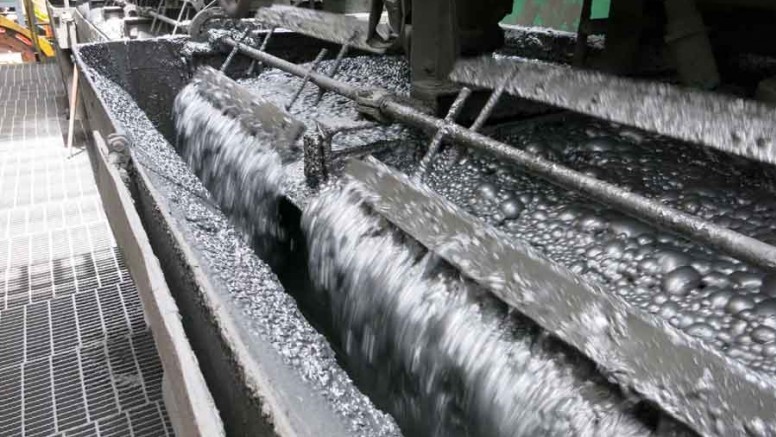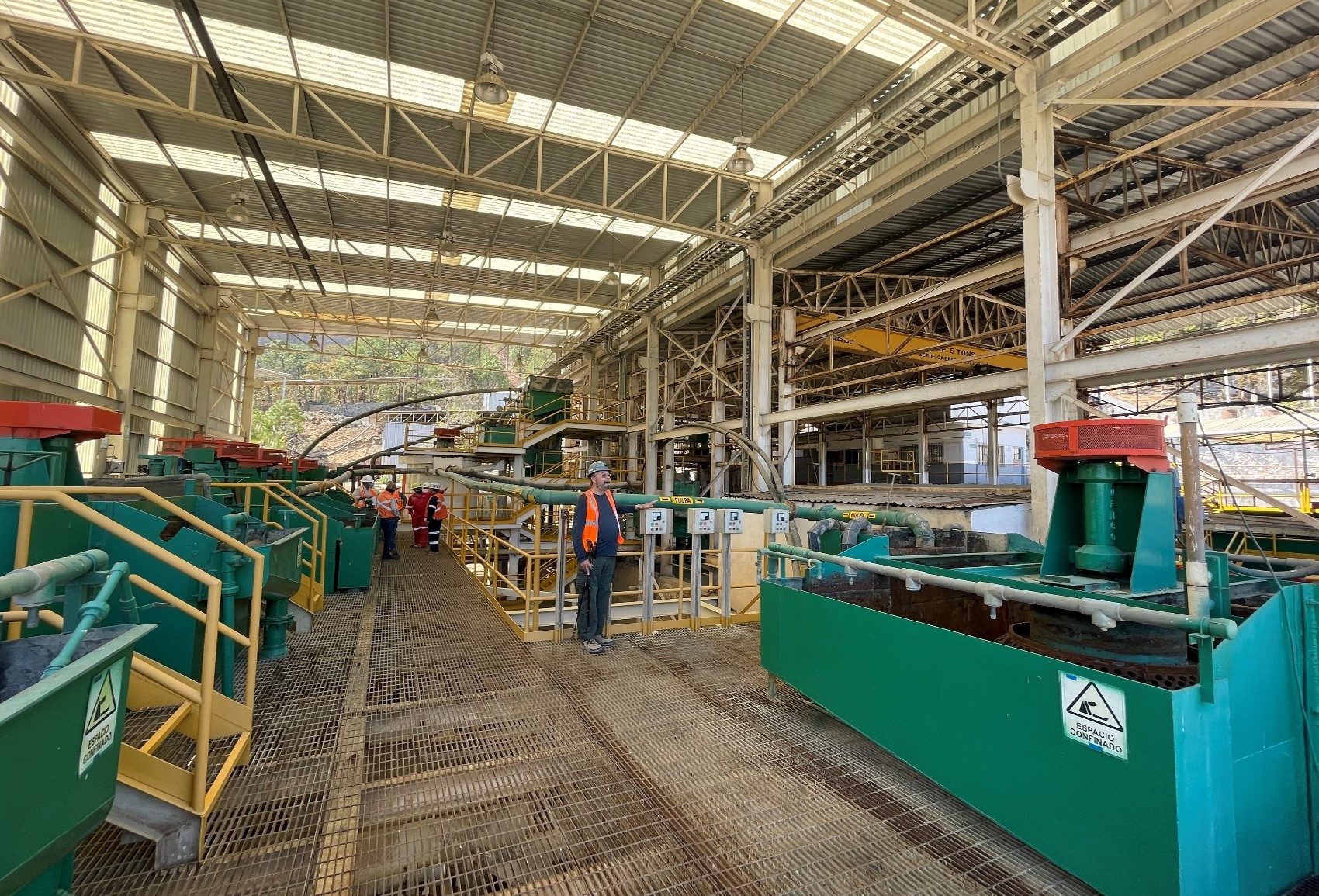Column: Zinc’s turn to feel the squeeze as LME stocks evaporate

(The opinions expressed here are those of the author, Andy Home, a columnist for Reuters.)
London Metal Exchange (LME) zinc stocks have been raided this week, leaving available inventory close to depletion.
The zinc price is unimpressed, LME three-month metal sliding on Friday to a fresh 2022 low of $3,361 per tonne in tandem with the broader sell-off across the metals spectrum.
But that masks an explosion in time-spread tightness, the cash premium over three-month delivery spiking to $218 per tonne on Thursday, the widest it’s been this century.
It’s an unwelcome development for the exchange after it had to suspend the nickel contract in March when a similar run on stocks caused a price melt-up.
There is a safety net this time around. The LME has imposed lending limits and allowed for deferred delivery across all its major contracts.
Moreover, this zinc squeeze is firmly rooted in the physical supply chain. Indeed, it’s part of the resolution of that underlying tightness.
Going, going…
LME headline zinc stocks were already low coming into this week at 79,425 tonnes.

They’re about to get a lot lower. The last four days have seen 48,575 tonnes canceled in preparation for physical load-out. That leaves available live tonnage at just 14,975 tonnes, equivalent to a few hour’s worth of global consumption in a 14-million tonne market-place.
This is an acceleration of a long-running downtrend in LME zinc stocks. Last year, there were 258,000 tonnes sitting in LME-registered sheds and another 85,800 tonnes in off-warrant storage.
Those shadow stocks have also largely gone, totalling a meagre 3,224 tonnes at the end of April, according to the LME’s most recent report.
All of that shadow tonnage was located at Asian locations. And so too is registered inventory. There is a single lot (25 tonnes) of available zinc in Europe – at the Spanish port of Bilbao – and none at all at U.S. locations.
Which tells you where the physical supply chain is tightest.
Smelter disruption
It’s turning out to be a bad year for zinc smelters.
Europe’s energy crunch has already caused the curtailment of Glencore’s 100,000-tonne-per-year Portovesme smelter in Italy with other operators flexing run-rates around peak energy periods.
The region accounts for around 12% of global refined zinc output and the rolling disruption to supply has been reflected in record physical premiums of up to $500 per tonne over LME cash.
The US market has not grabbed the same headlines but physical buyers are paying even more to get their metal, Fastmarkets assessing the Midwest premium at 38-50 cents per lb ($970 per tonne at the mid-point) earlier this month.
Although exacerbated by high freight costs, the high premium is also down to sliding regional smelter output.
Hudbay Minerals’ Flin Flon smelter, one of three Canadian refined metal producers, is being fully retired this quarter as the “777” feeder mine closes after 18 years operation.
The plant has been winding down for some time, last year’s production falling to 90,000 tonnes from 112,000 in 2020.
The loss of supply has been compounded by lower output at a second Canadian smelter. Noranda Income Fund has downgraded its production guidance for the year by 15,000 tonnes citing “operational challenges” in the first quarter.
South American smelter supply has also been misfiring. Nexa Resources reported first-quarter output of 48,700 tonnes at its two Brazilian smelters, down from 58,700 in the preceding quarter due to a lack of feed.
Smelting is turning out to be a major bottleneck in the zinc supply chain this year.
Global mine production rose by one percent in the first four months of this year but refined production was two percent lower, according to the latest assessment from the International Lead and Zinc Study Group. It estimates refined zinc supply fell 13,000 tonnes short of supply in the period.
China the supplier of last resort
The good news for beleaguered zinc buyers is that help is sailing over the horizon from China.
The country has been a steady importer of zinc in refined form since it imposed a 15% duty on exports in 2008.
However, such is the call on metal from the rest of the world that it is now switching to net exporter. March’s outbound shipments of 35,546 tonnes were the highest monthly tally since 2007.
Cumulative exports of 53,500 tonnes over January-May have already exceeded combined volumes over 2020 and 2021.
The less good news for everyone else is that this metal is only traveling as far as Taiwan, the destination for 25,750 tonnes of last month’s exports, and Singapore, the destination for another 7,400 tonnes.
Both are LME good-delivery locations and it’s noticeable that the only fresh inflows of zinc in the exchange’s global warehouse system have been at the Taiwanese port of Kaohsiung, which has received almost 30,000 tonnes since the start of May.
Via the LME
The problem is that is not where the metal is most needed, necessitating, it seems, a second leg of stocks cancellation and onward shipment to either the United States or Europe.
In other times it’s likely that what left China would have headed directly to the location of maximum premium but, against a backdrop of clogged ports and still high freight costs, zinc exports are being channelled to the closest LME delivery destination.
The LME is in fact functioning as it’s supposed to as a market of last resort, albeit one with a marked geographic kink.
That will not make day-to-day trading conditions any easier as long as on-warrant stocks, the ultimate physical liquidity pool for LME settlement, remain at these depleted levels.
How quickly they can rebuild depends on how fast China can ship out surplus zinc relative to how long it takes to refill a depleted supply chain in the rest of the world.
(Editing by David Evans)
{{ commodity.name }}
{{ post.title }}
{{ post.date }}


Comments